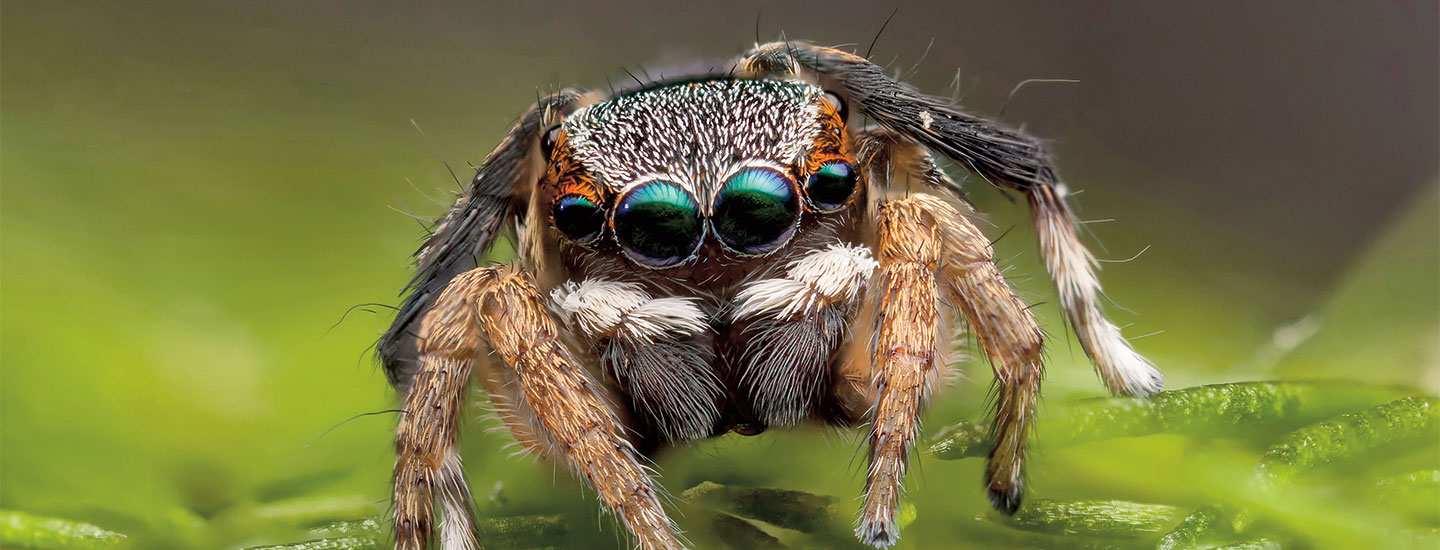Some people have cats or dogs as pets. Lauren Esposito has an eight-eyed, eight-legged whip spider the size of a human hand. The spider, named Nae Nae, lives in Esposito’s office. She lets people hold Nae Nae to show that he’s not as scary as he looks.
Esposito is a biologist at the California Academy of Sciences in San Francisco. She studies spiders, scorpions, and other arachnids (uh-RAK-nids). Part of her job is to teach people what’s neat about the animals—even people who don’t like them.
Some people have cats or dogs as pets. Lauren Esposito has an eight-eyed, eight-legged whip spider. It’s the size of a person’s hand. The spider is named Nae Nae. He lives in Esposito’s office. She lets people hold Nae Nae. It shows them he’s not as scary as he looks.
Esposito is a scientist. She works at the California Academy of Sciences in San Francisco. She studies spiders, scorpions, and other arachnids (uh-RAK-nidz). Not everyone likes spiders. But part of Esposito’s job is to teach people how neat the animals can be.

